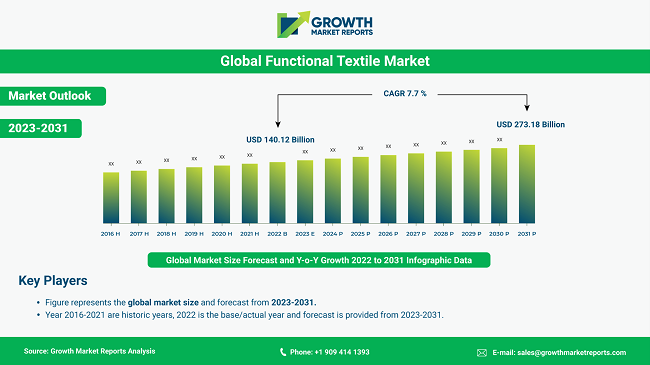Now textile millers seek policy support to mitigate protest-induced losses
The textile millers in Bangladesh sought policy support from the government to address the losses incurred during the quota reform movement-led violence, like other two major trade bodies of the apparel and textile sectors.
They said that they have faced several unintended business losses such as being unable to procure raw materials on time, not being able to sell their products as the export-oriented RMG sector was closed, and being also unable to ensure timely delivery due to the unexpected crisis of the last 2 weeks.
In this situation, they have to arrange the wages for the workers of the textile sector for July through bank loans and they demand those loans for a period of 1 year at a maximum interest rate of 2%.
Mohammad Ali Khokon, president of the Bangladesh Textile Mills Association (BTMA), sought these considerations in a letter sent to Finance Minister Abul Hasan Mahmood Ali and Bangladesh Bank Governor Abdur Rouf Talukder on July 31.
Along with a loan for wages, he also asked for a loan at the same interest rate (2%) for the same time period (1 year) to pay the gas and electricity bills for the current month of July.
“We are not asking for any incentive but rather the above claim is a loan to be paid back by the owners over a period of one year. We believe that the backward linkage industry, the main driving force of the RMG industry, can rebound soon if those issues are addressed properly,” he added.
He also said that it has become extremely difficult for latent export-oriented backward linkage industries, which are continuously incurring losses, to repay the term loan installments at this time.
“In such a situation, we urge you to take necessary measures to postpone the payment of installments by making all term loans interest-free for the next 6 months,” he added.
He also urged us to take necessary measures to settle the issue of timely payment of Accepted/Matured bills by respective LC-issuing commercial banks against yarn and fabric supplied by BTMA member mills through back-to-back LCs.
“If the bill is received, the member mills will be relieved to some extent from the working capital crisis required to run their operations,” he added.
He also said that the backward linkage industry has suffered a lot as mills remained closed most of the time due to the volatile situation in the last two weeks.
Moreover, cancelled purchase orders, reduced production, absentee workers in the mills, and non-availability of raw materials in the supply chain have left the sector in a tough situation.
“We believe that this ongoing situation in the country will be resolved soon under the visionary leadership of the prime minister and if the above proposals are implemented quickly, the economic development of the country will be accelerated,” he added.
According to the BTMA, 519 spinning mills, 930 weaving mills and 322 dyeing-printing-finishing mills in the country are members of this apex trade body of the textile sector. The total investment in this sector in the last four decades is more than $22 billion.
About 86% of the country’s total export earnings in the last financial year was earned from the textile and apparel sector of which BTMA members are suppliers of about 70%.
BTMA’s member mills currently supply about 90% of the yarn required in the knitwear sector and 45% in the weaving sector of the country’s RMG industry. Moreover, denim, home textiles and terry towels source 100% of their yarn demand from domestic sources.




















